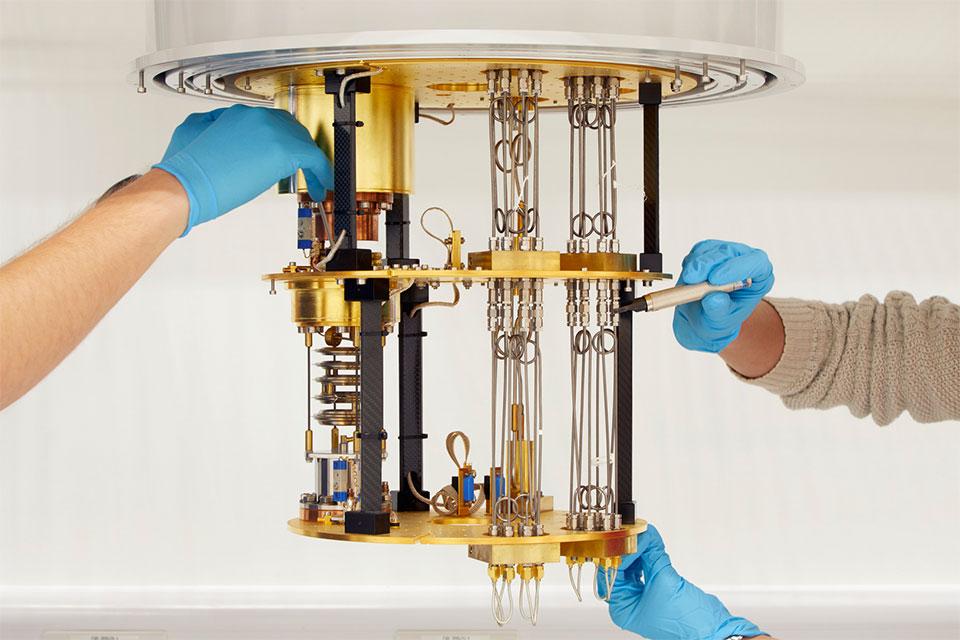Dr. Jovana V. Milić, Adolphe Merkle Institute, University of Fribourg, Switzerland
Maud Schmitt
Hybrid perovskites have emerged as one of the most promising semiconductors for photovoltaics. However, their instability under operating conditions obstructs their application. To address this challenge, we rely on supramolecular tools to purposefully tailor noncovalent interactions with organic components that template hybrid perovskite frameworks, such as through halogen bonding,[1,2] π-based interactions,[3] and host-guest complexation,[4,5] which has been uniquely assessed by solid-state NMR spectroscopy and NMR crystallography.[2,3] In addition, we apply these strategies to form low-dimensional perovskite architectures with enhanced functionalities that further alter stabilities of materials as well as their performances.[3,6] As a result, we have achieved perovskite solar cells with superior operational stabilities without compromising photovoltaic performances,[3,4] providing a versatile strategy for advancing hybrid perovskite photovoltaics.
[1] M. L. Ball et al. Chem. Mat. 2022, doi:10.1021/acs.chemmater.1c03117.
[2] M. A. Ruiz-Preciado et al. J. Am. Chem. Soc. 2020, 142, 1645.
[3] M. A. Hope et al. J. Am. Chem. Soc. 2021, 143, 1529.
[4] H. Zhang et al. Nat. Commun. 2021, 12, 3383.
[5] P. Ferdowsi et al. J. Phys: Mater. 2021, 4, 042011.
[6] J. Milić, J. Mater. Chem. C 2021, 9, 11428.

